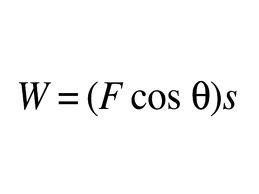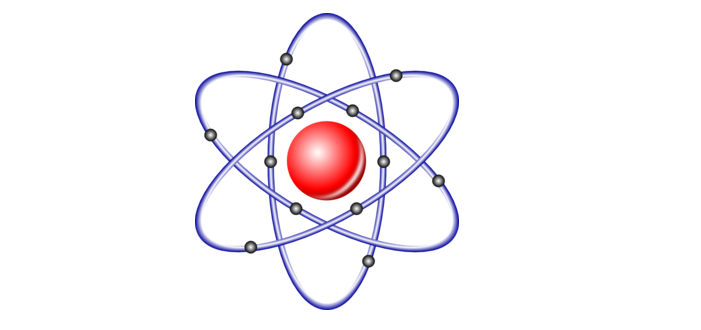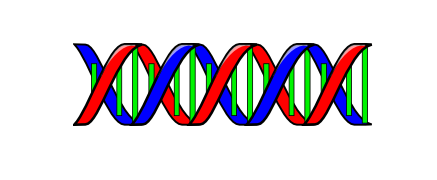In Physics, force and energy are the most important concepts that students learn in their high school. Force is mass multiplied by acceleration. Energy is Force multiplied by distance. Today,…
read moreOne of the most difficult parts of the ACT science section is the conflicting viewpoints passage. In any given ACT science section, there will be only one conflicting viewpoints passage,…
read moreQuantum numbers allow a new model to explain the emission spectra of elements with more than 1 electron. There are 4 quantum numbers: n, l, ml and ms. The first…
read moreTranscription is the process in which RNA is made from DNA. The strand of RNA is made complementary to the DNA. In eukaryotes, this process occurs in the nucleus, while…
read moreIntermolecular forces are the forces that exist between 2 individual molecules. This is different from intramolecular forces, which are the forces that exist within a molecule (ie. ionic/covalent bonds). Intermolecular forces are generally…
read moreIsaac Newton(1646~1727) was one of the greatest physicist in the world. Newton’s three laws of motion can describe most of the motion in the universe. Newton’s First Law of Motion…
read moreYou may have seen your reflection in a mirror or maybe a rainbow pattern in a puddle of oil and wondered what exactly you were seeing. With the help of…
read moreHow many times have we all heard the phrase, “Be reasonable!”? This is, of course, one of the goals for teaching children and so, thinking about how we teach reason,…
read moreThe Hardy-Weinberg principle states that both allele and genotype frequencies are in equilibrium in a constant population from generation to generation. This is only true under Hardy-Weinberg conditions, which are:…
read moreA learning style inventory is an assessment that shows people the modes in which they learn best. It is not an assessment in the common high-stakes sense of the word,…
read more








